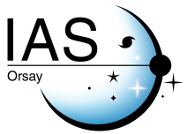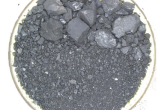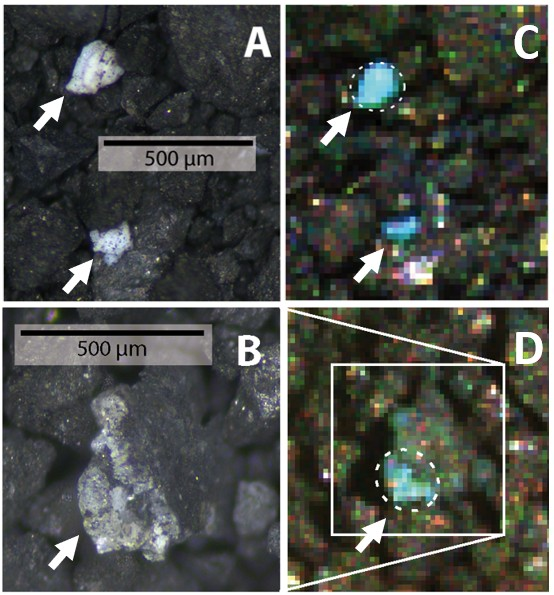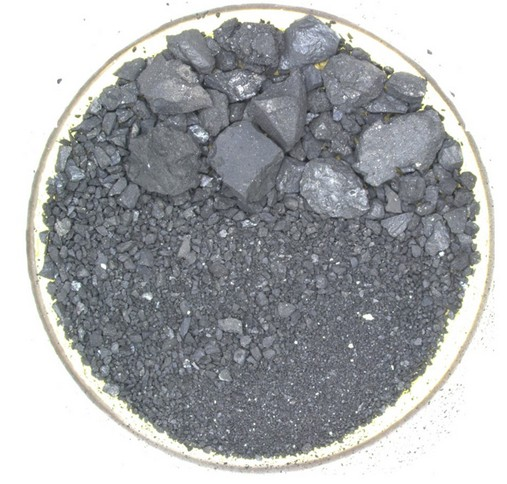The asteroids Ryugu and Bennu exhibit the characteristics of the same class of primordial objects
Carbonaceous asteroids are valuable remnants from the Solar System’s formation, around 4.5 billion years ago. They preserve traces of the processes that shaped its early evolution and may have delivered minerals and chemical compounds critical to the evolution of the Earth and other terrestrial planets.
The return of samples from the asteroid Ryugu by JAXA’s Hayabusa2 mission, followed by those from the asteroid Bennu by NASA’s OSIRIS-REx mission, has for the first time made it possible to analyse in the laboratory the material composing these bodies, free from terrestrial alteration. By comparing the samples from these two objects, the study recently published in Nature Communications has shown that Ryugu and Bennu originate from the same class of primordial objects, whose key properties have now been characterised.
These analyses were carried out in the “curation” laboratory (dedicated to preservation and analysis) at ISAS, near Tokyo in Japan, where the samples returned from Ryugu - as well as a fraction of those from Bennu - are stored and kept free from any contamination or contact with the Earth’s atmosphere. Within this laboratory operates the French instrument MicrOmega, an infrared hyperspectral microscope designed and developed at the Institut d’Astrophysique Spatiale (IAS - Université Paris-Saclay / CNRS) with the support of CNES. It is jointly operated by teams from IAS and ISAS, who are also responsible for analysing its data. Combined with an optical microscope and a spot spectrometer working in the mid-infrared range, MicrOmega contributes to an extensive and integrated analysis of the samples, starting from the curation phase
Analysis shows that samples from Ryugu and Bennu have very similar near-infrared spectral properties, down to scales of a few tens of microns. In both cases, a wide variety of diagnostic compounds were detected within the phyllosilicate-rich matrix, including phosphorus-bearing compounds with high biochemical potential.
Although minor differences exist, the findings suggest that Ryugu and Bennu share a similar origin and evolutionary path. Their key properties indicate they belong to the same class of primordial objects, which may have played an important role in the evolution of Solar System bodies.
Contact : Cédric Pilorget
Link to the online publication : https://www.nature.com/articles/s41467-025-65438-z
Press release from Université Paris-Saclay/CNRS/CNES






